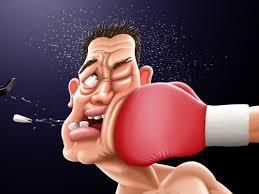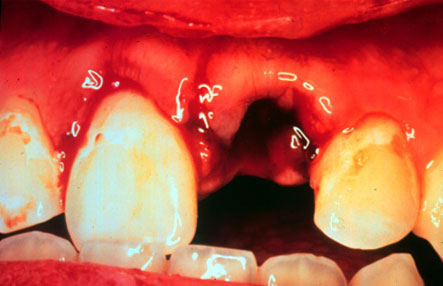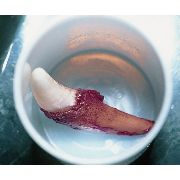There’s nothing pleasant about having a tooth fall out of your mouth (aka avulsed tooth, dislocated tooth). Whether from trauma (e.g. a punch or other facial injury, a fall) or dental disease (e.g. gum or tooth disease), there are cosmetic and practical concerns with not having teeth in your mouth. Additionally, there’s no tooth fairy for adults.
The question in real time is “My tooth just fell out. What should I do?” The answer depends on your age and health; the tooth might be able to be placed back into your socket. Today’s Straight, No Chaser gives you tips on how to increase the chances that replantation will be successful.
Which teeth are eligible? Baby teeth (those in children age eight and younger) are usually not replaced. Usually adult teeth can be replanted if appropriately handled.
What can I do?
Follow these steps:
- Act promptly. You’re losing 1% probability that replantation will be successful with each passing minute.
- If possible, get to a dentist. If you can’t reach a dentist, get to the closest emergency room.
- Only hold the tooth by its chewing edge (the crown) as shown in the picture, not by the other end (the root). Holding it by the root will damage the ligaments needed to make connections between the tooth and the mouth. Do not brush, clean or scrape the tooth off in an effort to remove dirt, especially at the root. Do not apply alcohol or any other abrasive solution (e.g. peroxide).
- If it can be done safely, placing the tooth back in the socket from which it came is the right thing to do. If you do this, it needs to be level with other teeth, and you must be positive that you aren’t in a situation that might lead to you swallowing it. This can be facilitated by place a piece of gauze or a tea bag on top of the tooth, biting down and keeping your mouth closed during the trip.
- If you have a small container, you can place the tooth in it. Then cover the tooth with a small amount of saliva or whole milk, and put this container in another container that has ice in it. Do not place an avulsed tooth directly on ice.
- Alternatively you can just place the tooth directly into a small cup of milk or saliva.
- As still another option, there are actually commercially available tooth-saving storage devices set up for this purpose.
- If you don’t have a container, your best bet is to carry the tooth in your mouth, keeping it under your tongue or between your lower lips and gum. The same precautions about swallowing the tooth still apply here.
How do I prevent losing a tooth?
- Avoid fights. It’s not worth losing a tooth.
- When playing any contact sport, wear a mouth guard. They work.
- Avoid chewing on bones, stale bread tough bagels and other hard foods, especially if you’re older or have either gum or dental disease.
- Wear a seatbelt.
There is a fair to pretty good chance your avulsed tooth is accompanied by damaged nerves or a fractured jaw. The force required to traumatically dislodge a tooth is significant. Get seen ASAP if this happens, especially if you’re bleeding, can’t close your jaw or if you became unconscious.
Order your copy of Dr. Sterling’s new book Behind The Curtain: A Peek at Life from within the ER at jeffreysterlingbooks.com, iTunes, Amazon, Barnes and Nobles and wherever books are sold.
Thanks for liking and following Straight, No Chaser! This public service provides a sample of what http://www.SterlingMedicalAdvice.com (SMA) and 844-SMA-TALK offers. Please share our page with your friends on WordPress, like us on Facebook @ SterlingMedicalAdvice.com and follow us on Twitter at @asksterlingmd.






